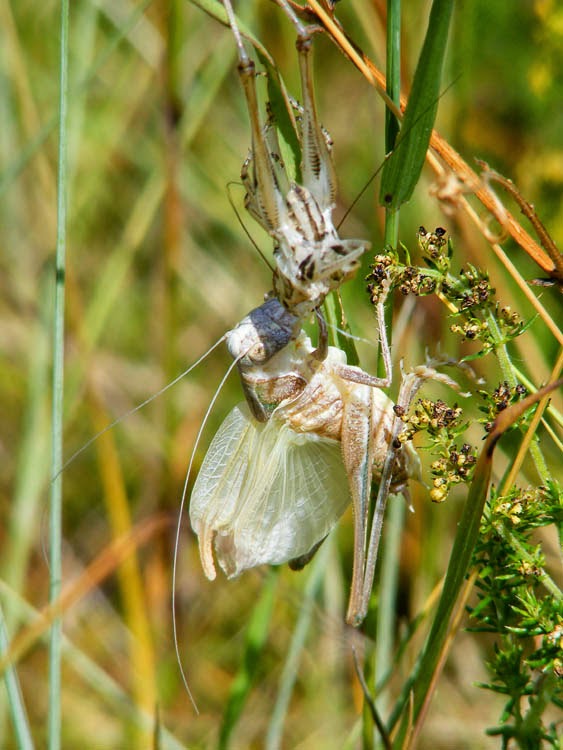In the wild, pigs live outdoors of course, foraging in the forest and roaming quite widely (several kilometres a day). They live in small groups of related females with young. Boars have solitary lifestyles. Wild pigs have small litters of about half a dozen piglets. They have a reputation for ferocity, so don't seem a likely contender for domestication. However, their big advantage for subsistence and peasant farmers was that they would eat anything. The farmer didn't have to set aside special pasture or sideline any of his cereals. The pigs thrived on household scraps and what they rooted out of the leaf litter. Thus, it came about that pigs were simultaneously but independently domesticated both in Europe and China several thousand years ago.
In China, where there were fewer animals to provide much needed manure for the fields, pigs were coralled in sties from quite early on, but in Europe they stayed running free in the forests until the Industrial Revolution caused a shift in lifestyles of both city and country folk. There was a difference in the selection of breeding stock between east and west too. China selected for big litters, Europe for big pigs. European pigs even developed several extra vertebrae as they got longer and longer in the body. At some point around 1700 a Chinese pig was brought to Europe. The resulting hybrid produced a big hardy pig that ate anything, fattened quickly and produced big litters (a modern sow will have an average of 30 piglets a year). More recently, white bristled pigs became favoured over black bristled, as the consumer doesn't like to see black bristles in their pork products.
Modern pigs are raised in related groups, similar to the groups they would form in the wild. Modern lighting and air conditioning mean that pigs can be raised indoors so farmers need less land. Despite the best efforts of many farmers, there is no question that indoor pigs develop a few behavioural issues that the farmer needs to stay on top of. Although farrowing crates are still used, to prevent sows inadvertently crushing newborn or suckling piglets, gestation crates or stalls, in which pregnant sows are unable to turn around or make physical contact with one another, have been banned in Europe since 2013, and pregnant sows live together in indoor pens. French pig farmers could apply for a grant of up to €17 000 to make the conversion.
In the confined space and close contact, sows can fight to establish a hierachy and access to food. The pigs' tails are docked because tail biting is one of the ways the pigs express their aggression. Smart pig farmers are dealing with the problems of penned groups of pigs by selectively breeding for a less aggressive temperament.
French pig farms are usually fairly small scale 'farrow to finish' establishments, averaging 220 sows on 60 ha of land. Manure is dealt with by spreading on the land and few farms have treatment units. The amount of manure that can be spread is strictly controlled, which in effect controls the number of pigs a farm can hold.
The photos above are all of local piggeries.
******************************************************
A la cuisine hier: Eggy nests, from that irrepressible pair at Veggischmooze. Basically it's mashed potato made into a 'nest' which holds an egg and all is smothered in cheese and baked. I used Etorki, a Basque ewes' milk cheese. We had the potato skins on the side, along with green beans, as suggested in the recipe.

















































